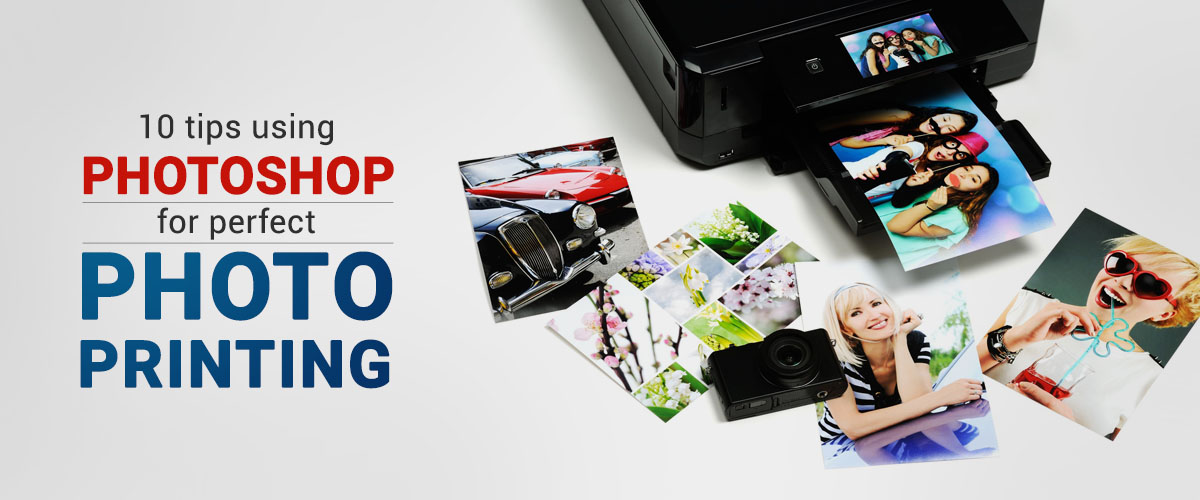CXBOS Insights
Your daily dose of news, insights, and information.
Ink Meets Imagination: Transforming Pixels into Prints
Unlock the magic of creativity as we transform digital dreams into stunning prints. Dive into art with Ink Meets Imagination today!
The Art of Pixel to Print: Understanding the Transformation Process
The transformation from pixel to print is a fascinating journey that starts with understanding the digital image itself. Digital images are composed of tiny squares of color known as pixels. Each pixel holds specific data regarding color and brightness, which together create a visual masterpiece on your screen. When preparing a digital image for printing, this process involves several crucial steps, such as calibration, color management, and resolution adjustment. Proper calibration ensures that what you see on your monitor matches the final printed product. Additionally, adjusting the resolution to meet print requirements, usually around 300 PPI (pixels per inch), is essential for achieving a crisp and clear final output.
Once the digital image is optimized, the next phase in the pixel to print conversion is selecting the right printing method and material. There are various printing techniques, including inkjet, laser, and offset printing, each offering unique benefits depending on the desired quality and volume of prints. For instance, inkjet printers are excellent for high-quality, colorful images, while offset printing is often preferred for large print runs due to its cost-effectiveness. Finally, choosing the appropriate paper stock can significantly influence the outcome, as different papers absorb ink differently, affecting color saturation and clarity. Understanding these factors not only enhances your print quality but also deepens your appreciation for the intricate art of transforming pixels into tangible prints.

Top Tips for Choosing the Right Printer for Your Digital Art
When it comes to creating digital art, choosing the right printer is crucial for achieving the best results. Here are some top tips to consider:
- First, assess the type of art you create. If you produce vibrant, colorful pieces, look for a printer with a wide color gamut and high-resolution capabilities. Inkjet printers are often ideal for this purpose, as they can handle complex colors and gradients with ease.
- Next, think about the media types you intend to use. If you work with various materials like canvas, photo paper, or even fabric, make sure your chosen printer is compatible with these options. This will provide you with the flexibility to experiment with different finishes and textures for your artwork.
Lastly, consider the cost-effectiveness of the printer. While it may be tempting to invest in a high-end model, evaluate the long-term costs of ink and maintenance. Some printers come with additional features such as wireless connectivity or an automatic ink replacement system that could save you time and money in the long run. Remember, the right printer will not only enhance your digital art but also streamline your creative process.
What You Need to Know About Color Accuracy in Print vs. Screen
When it comes to color accuracy, understanding the differences between print and screen media is crucial for both designers and consumers. Each medium has its own color reproduction characteristics, leading to potential discrepancies in how colors appear. For instance, monitors use RGB (Red, Green, Blue) color mode, which can produce vibrant colors and a broad spectrum of hues. However, when transferring designs from screen to print, they often shift because printers operate on CMYK (Cyan, Magenta, Yellow, Black) color mode. This conversion can lead to colors looking different than intended, necessitating careful pre-print checks.
To achieve the best results, it is essential to familiarize yourself with tools and techniques for maintaining color accuracy. Use calibrated monitors and color profiles to ensure that what you see on screen closely matches what will be printed. Additionally, consider running a test print to evaluate how colors translate from digital to physical formats. Being aware of these differences and preparing accordingly will help prevent common pitfalls and ensure that your projects meet the expected visual standards.